
The Kimbell Art Museum extension in Fort Worth by Renzo Piano
The first intentions to expand the legendary Kimbell Art museum in Fort Worth, Texas, emerged in 1989. The project by Romaldo Giurgola subsequently sparked intense protests. At that time, everyone pointed to the words of former director Richard F. Brown, who, when commissioning Kahn, demanded that the final form of the museum be complete and not allow any additional extensions that would irreversibly damage the appearance of the museum. Subsequently, several leading architects supported the idea of expanding the museum with additional exhibition spaces on the condition of agreeing to certain compromises regarding the original design. Kahn himself admitted that “any potential extension should look like a new building separated by lawn.” In 2006, the demand for an expansion of the museum according to Kahn's wishes resurfaced, and in April 2007, a project by Renzo Piano was introduced, proposing a separate building at the opposite end of the site. Renzo Piano worked briefly as a young architect in Kahn's studio and had already realized several museums in Texas. Piano's extension, which will expand Kimbell Art by an additional 8,000 m², takes Kahn's museum as an example but does not attempt to imitate it. It abandons the curved roofs but retains three courtyards and the same construction materials: concrete and travertine. The low elongated mass engages in dialogue with its famous neighbor. Opposite the curved roof of Kahn's building, Piano utilizes modern technologies and a perfect method of natural lighting. Piano's project includes the planting of 320 new trees, installation of a fountain, and a holly grove. During hot days, the surroundings of the museum is intended to serve as an oasis inviting relaxation. The first visitors will be able to see the final form at the end of November this year.
The English translation is powered by AI tool. Switch to Czech to view the original text source.
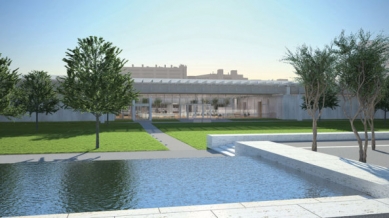

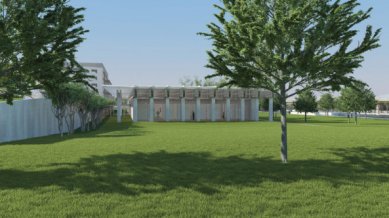

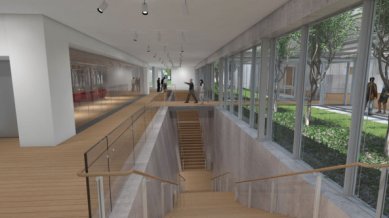
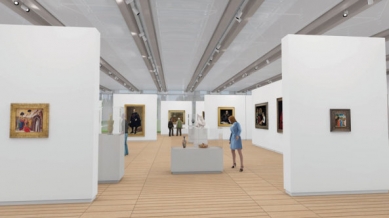


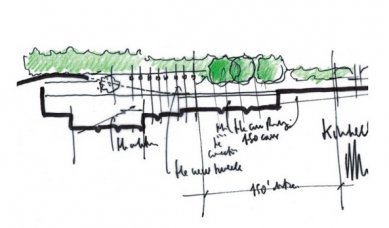
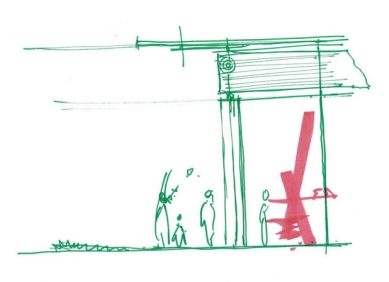
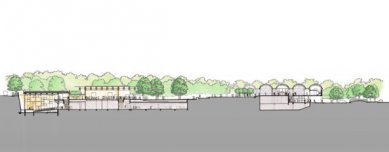
0 comments
add comment
Related articles
0
02.06.2015 | The headquarters of Intesa Sanpaolo bank in Turin by Renzo Piano
4
29.09.2014 | The headquarters of the Pathé Foundation in Paris by Renzo Piano
2
17.05.2011 | Design Museum in Värnamo, Sweden by Renzo Piano
0
22.02.2008 | The extension of Le Corbusier's site in Ronchamp by Renzo Piano












